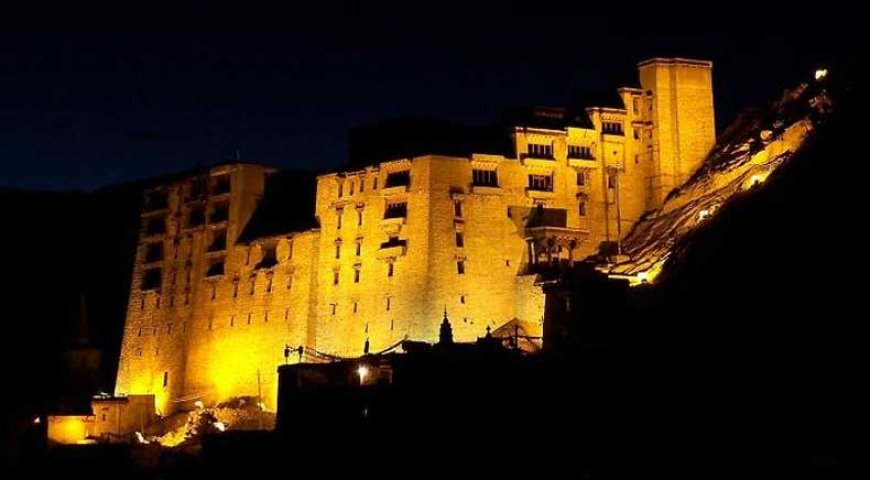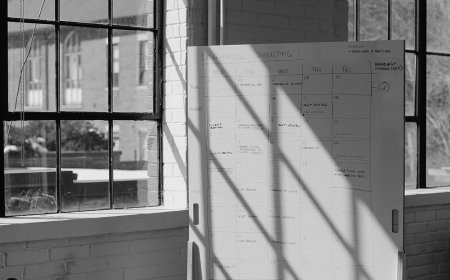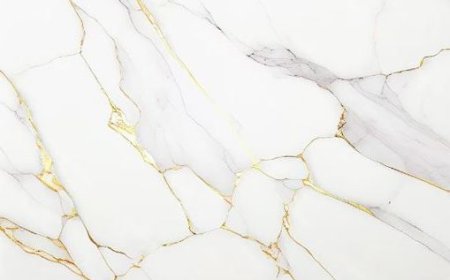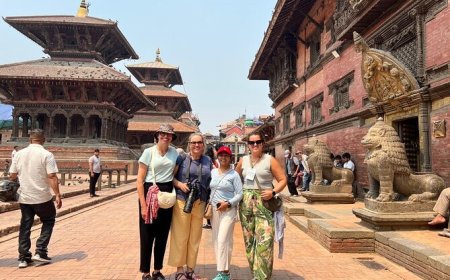Discovering Leh Palace Ladakh: A Window into the Royal Past
Explore Leh Palace Ladakh, a majestic monument that echoes royal heritage, offers a stunning palace view Leh, and reveals the cultural legacy of the palace Leh.

Leh, the capital of the former Himalayan kingdom of Ladakh, is a land of stark landscapes, vibrant monasteries, and ancient architecture. Among its many attractions, Leh Palace Ladakh stands out as a symbol of regal legacy and spiritual charm. This historic nine-storey structure, perched on a hill overlooking the old town of Leh, has silently witnessed centuries of change, from royal rule to present-day tourism. Its weathered walls, intricate woodwork, and panoramic views make it not just a relic of the past, but a living museum echoing the stories of kings and kingdoms.
A Glimpse into the History of Leh Palace
Built in the 17th century by King Sengge Namgyal, Leh Palace was inspired by the design of Tibets Potala Palace in Lhasa. Once the royal residence of the Namgyal dynasty, this majestic palace served as both a home and a symbol of the kingdom's prosperity. Its construction marked a period of growth in Ladakh, with art, architecture, and culture flourishing under the king's reign. However, the glory days of the ladakh palace leh were short-lived, as the Dogra forces invaded in the 19th century, forcing the royal family to flee to Stok Palace. Since then, the palace has remained a silent sentinel, witnessing the passage of time while preserving the essence of Ladakhi heritage.
Architectural Grandeur and Design
The palaces architecture reflects a brilliant blend of Tibetan and medieval Ladakhi styles. Its nine levels once housed royal quarters, storerooms, stables, and prayer halls. Built using stone, wood, and mud, the structure remains surprisingly intact despite centuries of wear and tear. Its walls, thick enough to withstand harsh Himalayan winters, and its flat roofs designed to support snowfall, are a testament to the brilliance of Ladakhi engineering. Each floor tells a different tale, with the upper levels reserved for royalty and the lower levels used for administrative purposes. As visitors climb its ancient stairs, theyre transported back in time to an era where tradition and royalty were deeply intertwined.
Inside the Palace: Cultural Treasures and Ancient Artefacts
Walking through the dusty corridors of Leh Palace is like stepping into a time capsule. The interiors, though worn, still whisper stories of royal grandeur. Several rooms have been converted into a museum by the Archaeological Survey of India. Here, you can find exquisite thangka paintings that are over 400 years old, royal ornaments, ceremonial dresses, and utensils used by the Namgyal dynasty. The fading murals on the walls, painted with natural dyes, depict Buddhist motifs and life stories of Bodhisattvas. Despite the simplicity of its dcor, every corner of the palace offers a rich insight into Ladakhs cultural and spiritual evolution.
The Mesmerizing Palace View Leh Offers
One of the most striking features of Leh Palace is the breathtaking view it offers. From its balconies and rooftops, you can gaze out at the sprawling town of Leh, the meandering Indus River, and the snow-clad peaks of the Stok Kangri range. During sunset, the view transforms into a painters canvas, with hues of gold and orange washing over the city. The palace view Leh provides not only a visual treat but also a sense of serenity that is hard to find elsewhere. Whether you're an avid photographer or a casual traveler, the vista from Leh Palace will remain etched in your memory.
The Spiritual Significance of the Palace
Beyond its physical beauty, Leh Palace holds deep spiritual significance. Its proximity to monasteries like Namgyal Tsemo Gompa enhances its aura. The palace complex once included prayer rooms and altars where the royal family would offer daily prayers. The influence of Tibetan Buddhism can be felt in the architectural symbols, wall paintings, and design elements that mirror monastic structures. Today, many monks visit the palace as a mark of respect, and tourists often find themselves immersed in a quiet, contemplative atmosphere. This spiritual connection elevates the palace Leh from a mere monument to a place of reflection and reverence.
How to Reach and Best Time to Visit
Located in the heart of Leh, the palace is easily accessible by foot or local vehicles from most parts of the town. Visitors should be prepared for a slight uphill walk, but the experience is well worth the effort. The best time to visit is from May to September when the weather is pleasant, and the skies are clear. During these months, the palace is alive with visitors, photographers, and history enthusiasts. The summer months also coincide with local festivals, offering travelers a chance to see the palace adorned with traditional decorations and festivities.
Restoration and Preservation Efforts
Over the years, efforts have been made to restore Leh Palace to its former glory. The Archaeological Survey of India has taken on the task of preserving the palaces structural integrity while retaining its original features. Restoration projects have focused on stabilizing the foundation, reinforcing damaged sections, and preserving priceless artworks. These initiatives are crucial in ensuring that future generations can continue to learn about and appreciate this architectural gem. With increased awareness and responsible tourism, leh palace is slowly being revived as a cultural and historical landmark.
Experiencing the Past: Why Visit Leh Palace Ladakh
For travelers seeking more than just scenic beauty, Leh Palace offers an immersive experience into Ladakhs royal and spiritual past. Unlike modern museums enclosed in glass and steel, this palace allows you to physically walk through history. You can touch its ancient walls, sit in its open courtyards, and feel the wind whisper stories from a bygone era. Its a place where you dont just see historyyou live it. Whether youre a history buff, a cultural explorer, or a first-time tourist, the journey to leh palace ladakh promises memories that linger long after your trip ends.
Conclusion
Leh Palace is more than an old buildingits a living symbol of Ladakhs identity. As you stand on its terraces, surrounded by the Himalayan silence, the spirit of the Namgyal kings, the fluttering prayer flags, and the ancient chants of nearby monasteries come alive. Visiting this place is not just a tick on a travel checklist, but a journey into the soul of Ladakh itself. From its commanding presence to its intricate details, from its royal past to its spiritual ties, ladakh palace leh continues to captivate all who walk its timeless halls.





















![Top 11 Real Estate Mobile App Developers in Riyadh, Saudi Arabia [2025 Edition]](https://www.philadelphialivenews.com/uploads/images/202506/image_430x256_68621a9e48997.jpg)






















![Top 11 Real Estate Mobile App Developers in Riyadh, Saudi Arabia [2025 Edition]](https://www.philadelphialivenews.com/uploads/images/202506/image_140x98_68621a9e4a204.jpg)